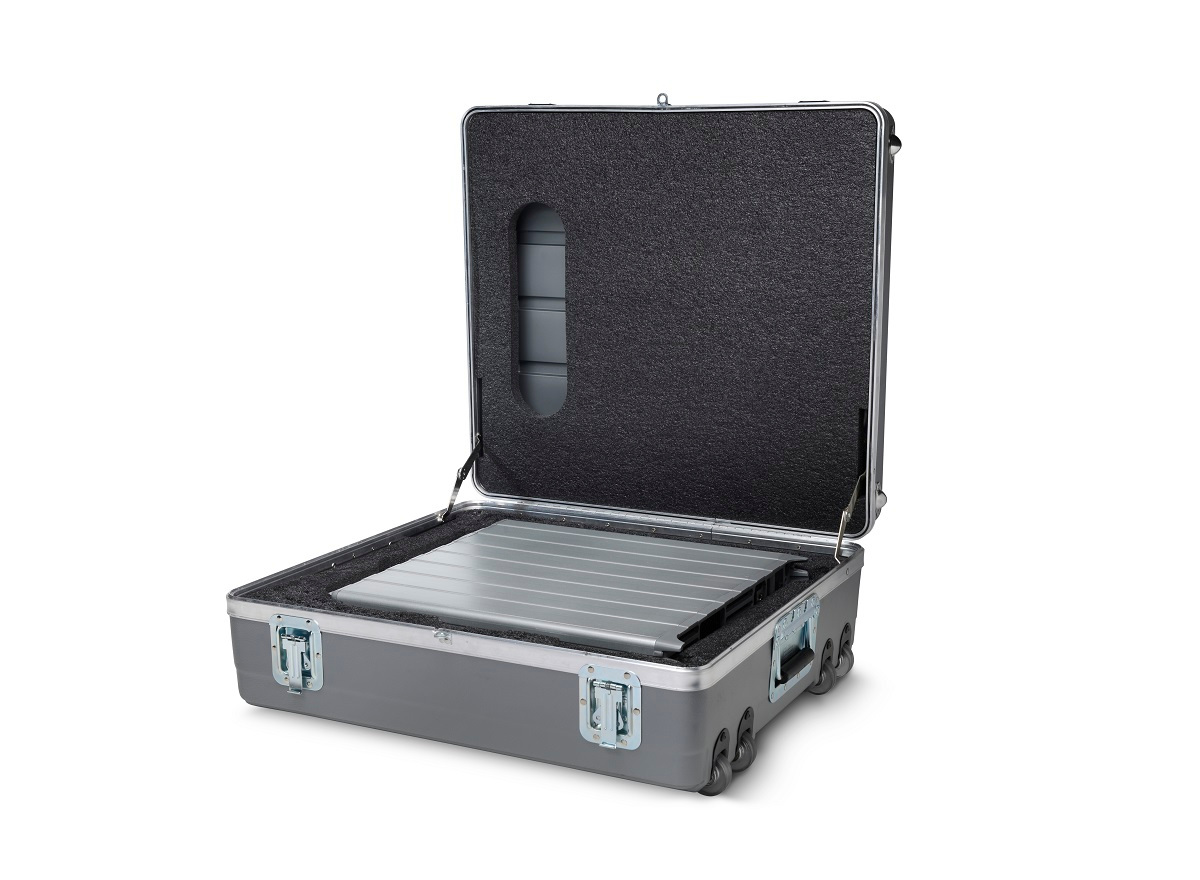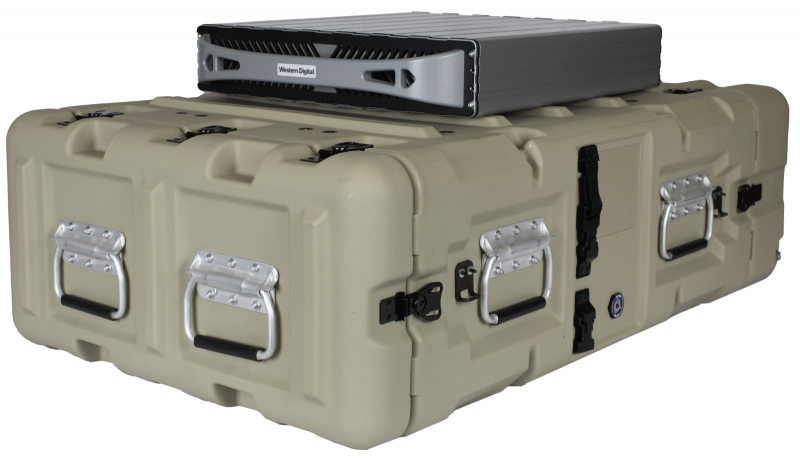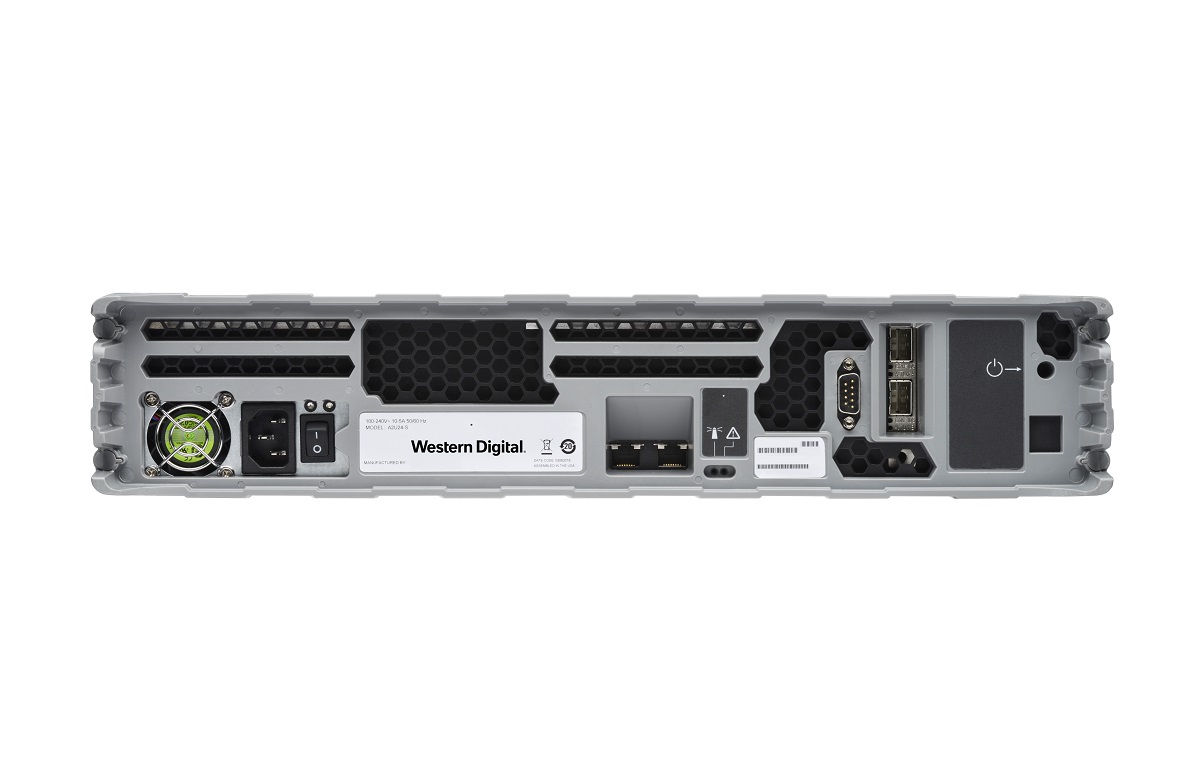
Conventional servers are systems that are highly sensitive to external conditions, including temperature, humidity, air pollution and, of course, physical influences. An ordinary server will hardly be able to work in extreme conditions: - at high or very low temperatures, dusty air, etc.
But in some cases, productive systems are needed precisely in places with extreme conditions for computing (and people). As for laptops / smartphones / tablets, there are no problems with them - protected models have been in use for many years. Now they have appeared in the server segment - thanks to Western Digital and their Ultrastar Edge line. What are these servers capable of?
Opportunities and Purpose

The Ultrastar Edge servers are targeted at cloud service providers, telcos and system integrators, according to the manufacturer. Machines can be transported without problems by quickly deploying network infrastructure on site.

The server family includes several flavors:
Edge-MR is a very rugged portable server for military and specialty teams that operate in extreme conditions. At the same time, if there are no racks, the servers can be literally stacked, they will work without problems.
Ultrastar Edge is a smaller, less secure server that can be deployed in edge data centers. For example, in factories located in remote regions. These servers are also provided with an increased level of protection. They are housed in a 2U case and have a carrying handle. If required, the Ultrastar Edge can be placed in a mobile rack or placed as is in a special transport case with wheels.

Characteristics
All servers, both Edge-MR and Ultrastar Edge, are IP32 rated. According to the company's specifications, they are fully compliant with MIL-STD-810G-CHG-1 and MIL-STD-461G standards for shock, vibration and electromagnetic interference resistance. The chassis is equipped with a tamper-evident system with FIPS 140-2 Level 2 security.

As for the technical characteristics, both families received the same "hardware":
- Processors: 2 × Intel Xeon Gold 6230T (20C / 40T, 2.1 / 3.9 GHz, 27.5 MB L3 cache, TDP 125 W)
- RAM: 512 GB RAM (8 × 64 GB)
- Accelerator: NVIDIA T4.
- Network interfaces: 2 × 10GbE RJ-45 ports and Mellanox ConnectX-5 adapter: 2 × 50GbE or 1 × 100GbE SFP28.
The manufacturer has provided for the ability to quickly deploy a cluster of several servers.
In terms of memory, the devices are equipped with eight 7.68-TB SSD Western Digital Ultrastar DC SN640, for a total of 61.44 TB. Boot Drives - Fast 1TB M.2 NVMe SSDs.
Cooling system - four 60 mm coolers. Servers can operate in the range from 0 to +43 ° C.

Dimensions and weight: Ultrastar Edge weighs 15.15 kg and has dimensions 88.9 × 431.8 × 502.9 mm, Ultrastar Edge-MR - 32.35 kg and 292 × 609.6 × 952.5 mm, respectively.
Why all this?
According to analysts, over time, latency requirements have become more stringent, so the business has a need for a large amount of computing power in the peripheral regions. According to analysts, by 2024 the number of servers deployed at the edge will reach 5 million units. Data processing in some cases should be performed as close as possible to the end users and systems that generate the data.
“Whether users are in the jungle or the ocean, they want to run the same applications with the same storage capacity and processing capabilities as if they were sitting at their desk at headquarters,” a Western spokesman said. Digital.
